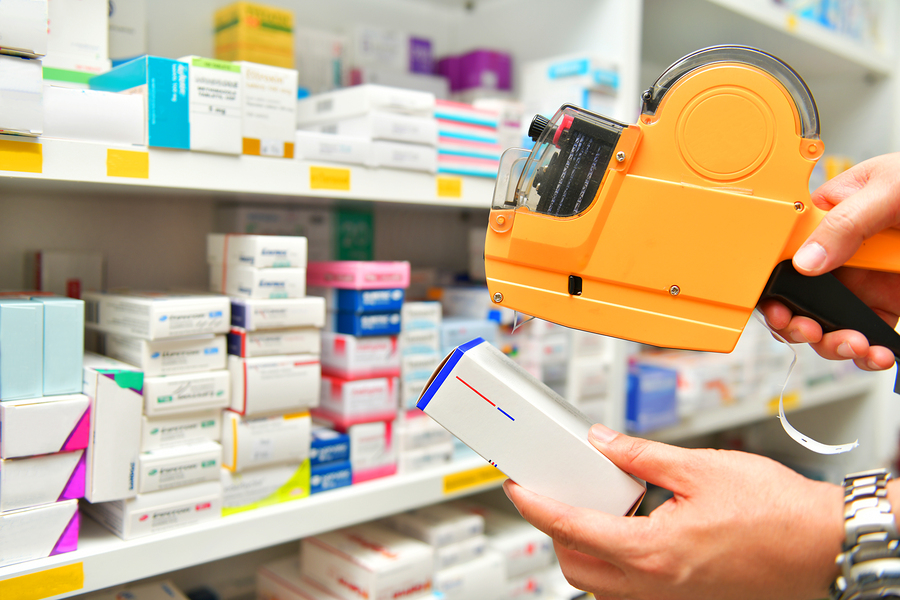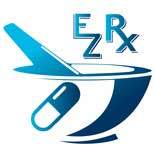- Posted On: August 29, 2019
- By: admin
- Share:
Pharmacy Prescription Labels Do We Really Understand?
A prescription drug cures or treats a particular disease and can only be obtained from a pharmacy after written by a qualified medical care provider or physician. When you receive your prescription the bottle holding your medication has a label which contains a lot of useful information, however how much of it do you really read and understand? The label contains instructions on how to take the medication, the amount of medicine in the container, uses, warnings, cautions, side effects, doses, etc. The prescription label is the last opportunity to explain to you how the doctor wants you to take the medication. Make sure to read the label and confirm this is how you understood the medication should be taken. The American medical association states 50% of Americans do not understand what is written on the label. Here is some of the information you can find on your label and how it helps you stay complaint and take your medication as prescribed by your doctor.
Your medication will contain the following information on the bottle :
- Prescription number: Prescription number (Rx#) is usually printed on the upper left-hand corner of the pharmacy. This is used to when requesting refills for medications you take every month.
- Pharmacy name, address and phone number
- Who the prescription is for: Contains name of the patient
- Directions: It tells you how much and how often to take the drug (dose).
- Quantity : how much medication is the bottle
- Brand name of the drug
- Generic name of the drug
- Black Box Warning: If the medication you are taking has one it will be listed on the bottle to inform the patients and doctors about its potentially dangerous effects
- Doctor’s name who wrote the prescription
- Date the prescription was filled
- Safety reminders
- Refills left
- Expiration date
According to a 2012 report by the American Health and Drug Benefits, preventable adverse drug events including overdose, non-adherence, and interactions affect more than 7 million patients in the U.S. every year, costing nearly $21 billion. Hopefully now that you understand your drug label better you can prevent an adverse drug reaction and get the most benefit from your medications.
Your prescription will also come with medication drug leaflet this contains more detailed Patent Medicine Information (PMI) and is usually provided by the pharmacy in printed form when a prescription drug is dispensed. It will contain more information about the medication and usually includes:
Warning or Cautions: This is an important part of the drug label that tells you about who shouldn’t take the drug, what you need to tell your doctor before you take the medication, when to stop using it, side effects and when to call a doctor.
Uses: Always check this part to make sure that the medicine will do what you need it to do.
Other information provided in the PMI includes:
- How to use the medicaiton
- Side effects
- Precautions
- Drug interactions: This part provides information about the other drugs that you should avoid while taking this particular drug.
- Overdose
- Missed dose
- Storage
- Other information: Contains additional information about the drug, such as inactive ingredients.
Over the counter (OTC) medicines are used to treat common health problems such as minor pain, cold and flu. OTC medicines have active ingredient and purpose information at the top of the label it will describe the symptoms the medication treats, the strength of the medication, the usual dose of the medication. The U.S. Food and Drug Administration requires all OTC drug labels to provide basic Drugs Facts information to the patients such as its ingredients, instructions for use and interactions. Drug facts include information about the active ingredients of the medicine which are responsible for its effects, and also about its uses, warning, etc. It would also provide information about inactive ingredients (such as flavors, preservatives, etc.) that do not treat symptoms of illness but help in binding the pill together.
FDA guidelines require the OTC medicine labels to present drug facts in a certain order and easy to understand words. Since you take an OTC medicine without doctor’s recommendation, you should carefully read all the information on the label, and if you can’t understand some parts of it, ask your pharmacist or doctor to explain it to you.
Take care to keep the medicine in the original packaging so that you always have access to the necessary drug information.
Prescription drugs, especially brand name medicines are expensive and significantly enhance your healthcare burden. With SaveonMeds drug discount card, you can purchase generic and brand name drugs, as well as OTC medications with a prescription at attractive discounts. Some generic medicines can be purchased for more than 80% discount with SaveonMeds discount drug card. The card is free to you, never expires and can be used for everyone in your family including your pets. There is no age limit or spend limits on the SaveonMeds drug card. To get your SaveonMeds discount drug card, just text the keyword “SaveonMeds” to 21000 and save it to your apple, google, or android wallet or visit savingsonmeds.com to download the card. Once you get the SaveonMeds drug card present it to your pharmacy and see how much you save.
Easy Choices! Better Savings! Healthier Life!
Disclaimer: The information and content posted on this website is intended for informational purposes only and is not intended to be used as a replacement for medical advice. Always seek medical advice from a medical professional for diagnosis or treatment, including before embarking on and/or changing any prescription medication or for specific medical advice related to your medical history.
Click here to download your card



